Why is my Boston fern turning brown? 5 common causes and expert remedies
Is your Boston fern turning brown? Here's what's up with your plant and how to rescue it
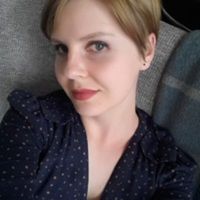

'Why is my Boston fern turning brown?' is a question that many houseplant lovers growing these beautiful evergreen plants end up asking themselves at some point.
While the Boston fern is a great choice as a houseplant, especially for a bathroom, thanks to its suitability for lower-light locations, it does have a set of requirements that need to be met for the plant to thrive. Get these wrong, and you could soon find that the leaves start turning an unattractive shade of brown.
To help ensure the fronds of your plant retain their vibrant green color, our houseplant experts have identified the common reasons your plant could be turning brown.
5 reasons your Boston fern is turning brown
Here are the main issues that cause the leaves on your Boston fern to turn brown, and the best remedies.
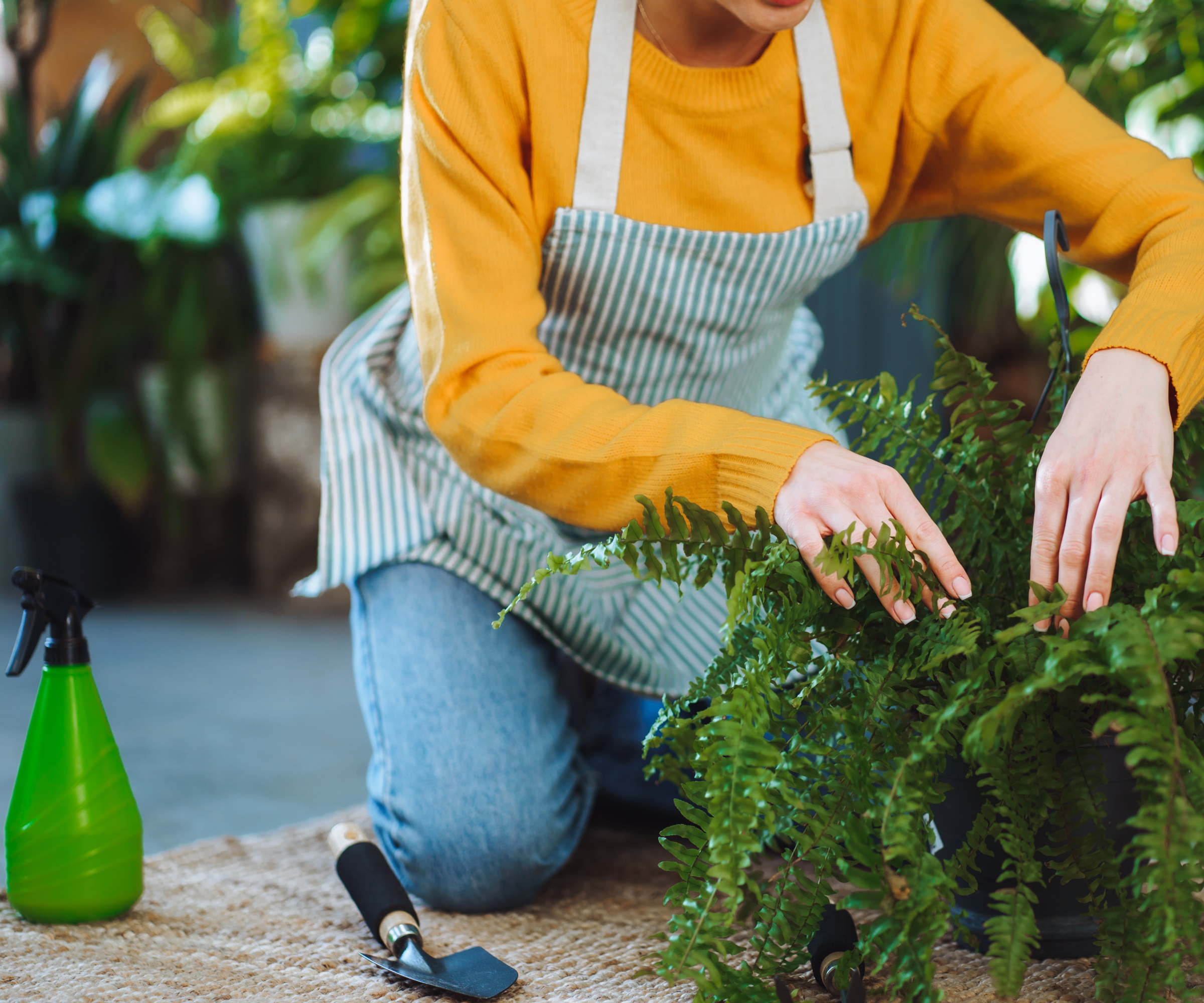
1. Over or underwatering
Like many other indoor plants, Boston ferns are sensitive to incorrect watering. Get the amount and frequency of your watering wrong and the leaves can start to turn brown.
It's worth remembering that ferns in nature thrive in humid climates, preferring to grow in moist woodlands and forest floors. If in doubt, it's best to overwater a little than underwater.
It's a good idea to give your Boston fern a drink once every 3-4 days, letting the topsoil dry out by around 0.5in (1-2cm). When watering, remember you can also moisten the leaves.
Design expertise in your inbox – from inspiring decorating ideas and beautiful celebrity homes to practical gardening advice and shopping round-ups.
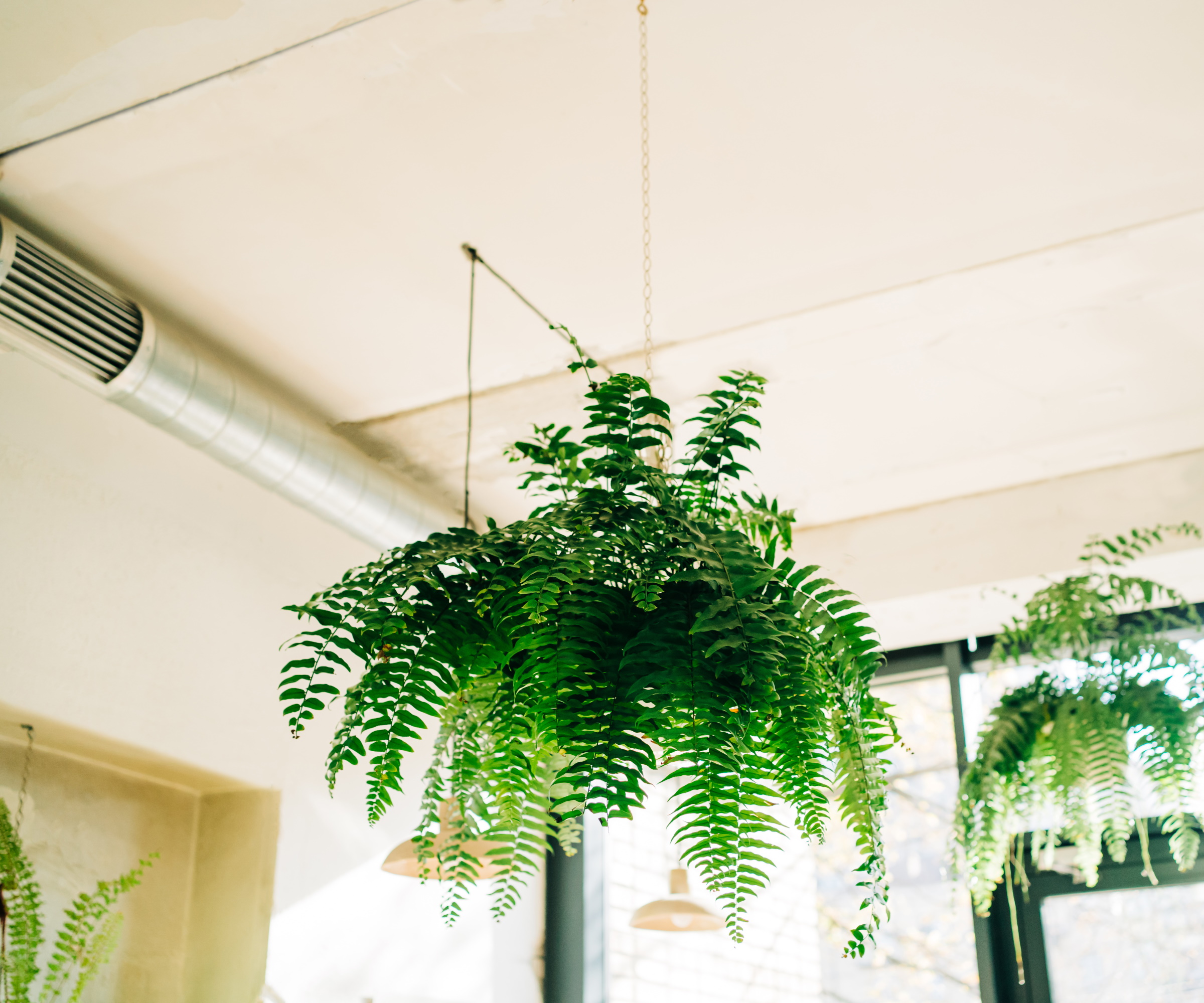
2. Insufficient humidity
A related issue that will cause your Boston fern to go brown is insufficient humidity. The optimal humidity for your fern is about 50-60%. Mist it regularly when the weather is dry to evenly moisturize its foliage.
One way to keep humidity levels up indoors is by using a pebble tray, says Mackenzie Fries, Co-Owner of plant design studio The Jungle Design. 'Setting your fern on top of a moist pebble tray will release humidity as the water evaporates. Grouping humidity loving plants together and misting the leaves also increases humidity levels.'
'If you want to get really fancy, cold water humidifiers are excellent ways to keep tropical plants in less than ideal conditions', she continues. 'These humidifiers are safe to use indoors and will not create mold.' You can have a look at plant humidifiers here on Amazon
Boston ferns are great as a bathroom plant as they will love the humidity, providing your bathroom has a source of natural light.
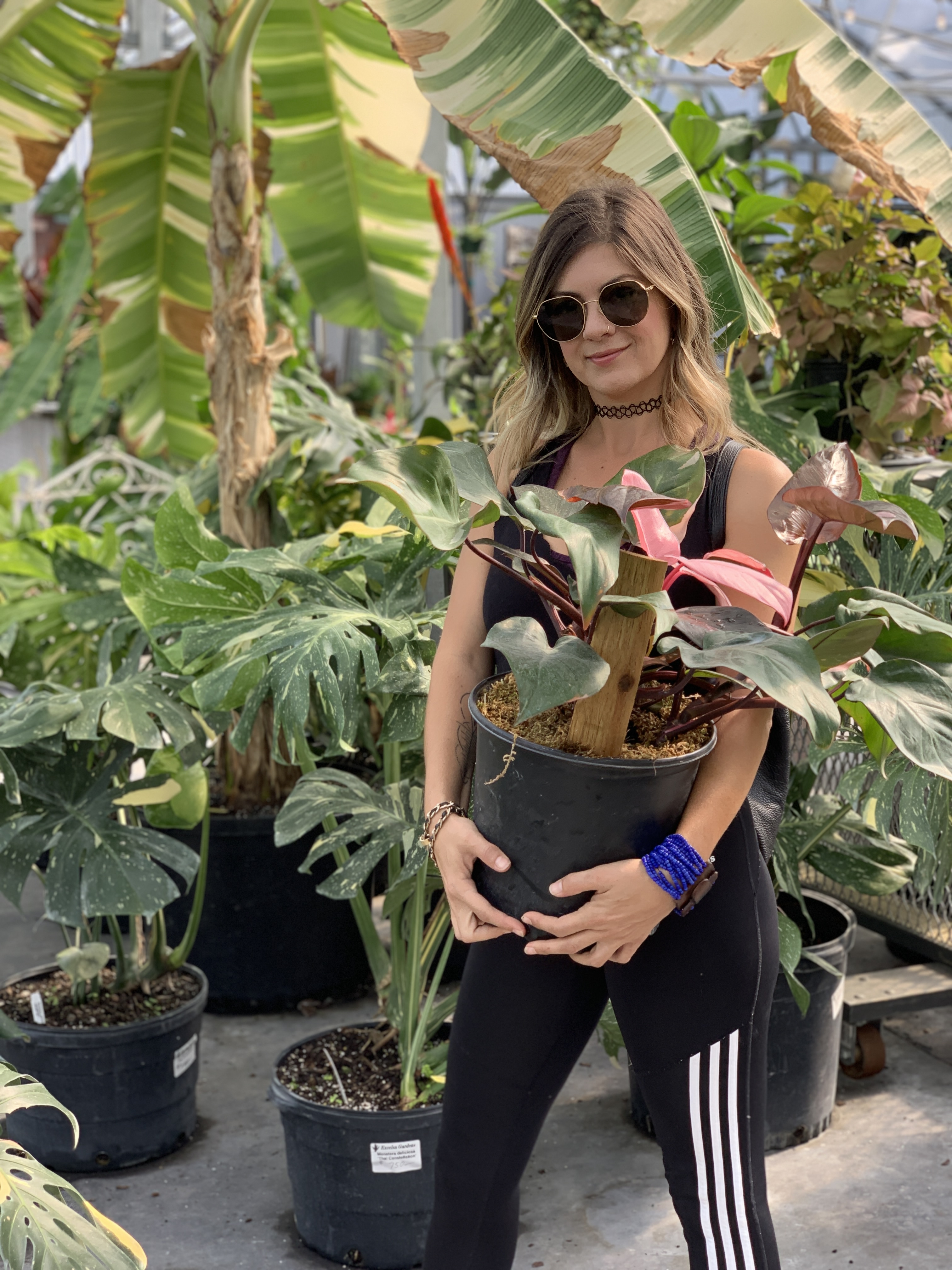
Mackenzie Fries is the Co-Owner and Co-Designer of plant design studio The Jungle Design. As an expert in horticulture, she understands the need for plants in all environments, and ultimately how to decide the best plants for lifestyles.
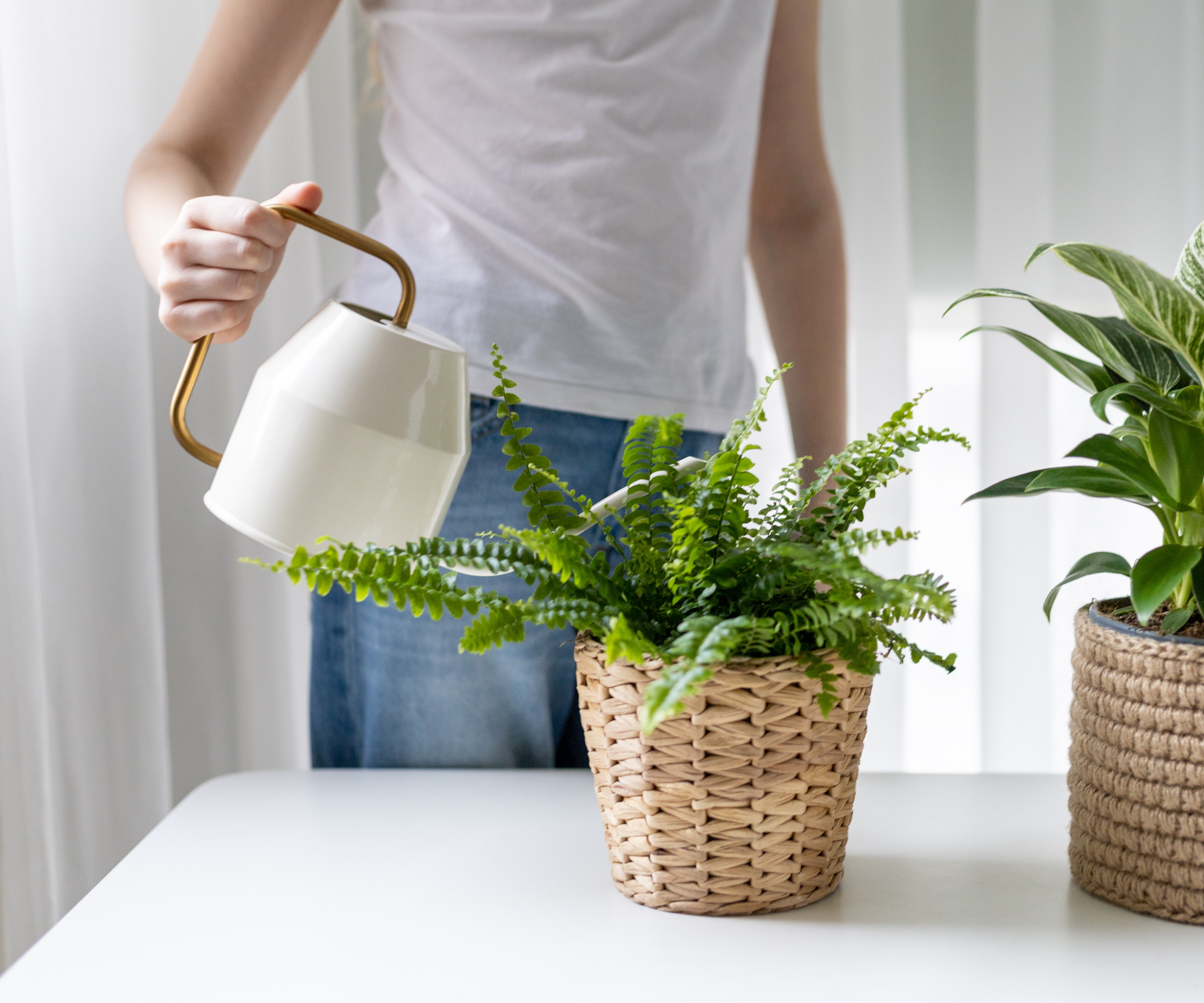
3. You are using hard water for watering
Hard water is generally not suitable for plants growing in your indoor garden, as they evolved to be compatible with rain water.
Generally, if your plant is suffering from the effects of hard water, you will see leaves that are brown and curling.
If you can't harvest rainwater, simply add some tap water to a bowl or container and leave it to settle for a couple of days before using it to water your plants.
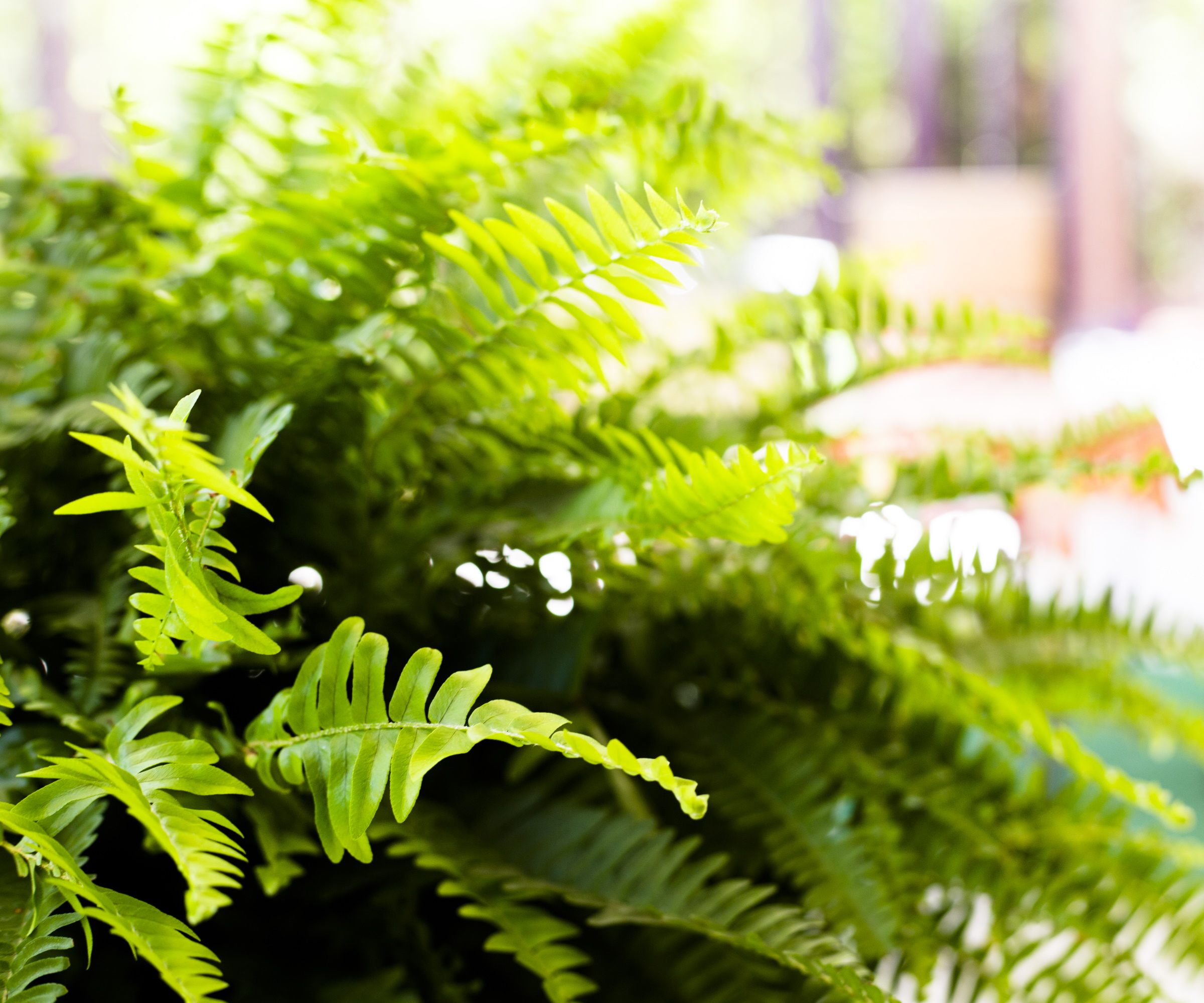
4. The soil in the plant pot is compacted
While the Boston fern likes humidity and plenty of water, it will begin to fail if the soil in its pot is compacted. Compacted soil leads to a lack of oxygen, waterlogging, and root rot.
In nature, Boston ferns thrive in loamy soils or ones with a high peat content. While peat is not a sustainable potting material, you can add perlite or coir to your potting mix to open up the soil a little. This will allow the soil to breathe and your fern to thrive.
And if your Boston fern outgrows its pot, repotting the plant will give it the space it needs to grow and thrive.
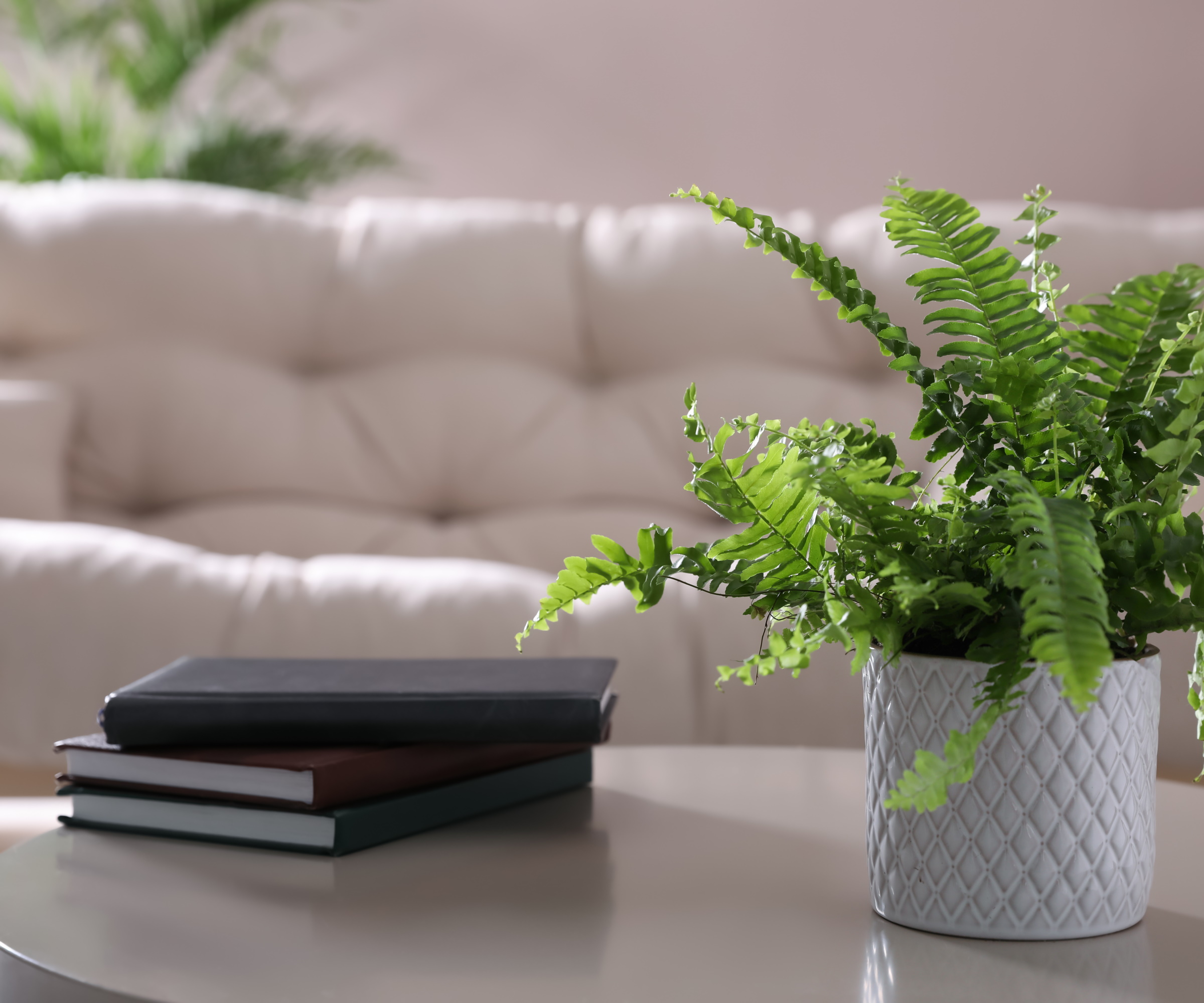
5. Too much sunlight
Boston ferns prefer indirect light or even semi-shade, but never direct sunlight. Some dappled morning light is ok, but avoid placing your plant in a location where it will get full lunchtime or afternoon sun.
'Ferns live on the rainforest floor, which is lower light than tall trees or climbing plants. Ensuring your fern is away from direct sunlight will keep the leaves vibrant and green', says Mackenzie Fries.
Brody Hall, Certified Horticulturist and Co-Founder at The Indoor Nursery, also recommends ensuring that your Boston fern 'is not in direct sunlight, which can dry up the soil too quickly and burn the plant’s leaves.' If you like keeping your fern in the window, adding a curtain or a blind can help protect it from harsh lunchtime sun and stop the leaves turning brown.
Check out our guide on places to never grow a Boston fern to avoid bad placement elsewhere.
FAQs
Can I cut brown leaves off my Boston fern?
For aesthetic purposes, don't be afraid to cut off those brown tips. This in no way hurts the plants, and will help give energy back to the new leaves by pruning off any dead ends.
Would my Boston fern thrive better outside?
It is possible to grow a Boston fern outside in a container during the warmer, summer months. Just ensure the pot is in plenty of shade and away from direct sunlight. It should then be okay in temperatures down to about 50˚F.
With its dramatic, cascading leaves a Boston fern is a great houseplant choice if you're a lover of texture. They can be a little demanding, however. That being said, all ferns will show they are unhappy by turning brown if they are not given the right growing conditions in which to thrive.
As a rule, it's best to keep your Boston fern is a room that doesn't get too much direct sun. Boston ferns are therefore a great choice for a bedroom plant in a north-facing room, humid bathrooms with windows, or bookshelf locations away from sunny windows.

Anna is a professional writer and academic. She taught English Literature for several years before joining Future where she wrote for Real Homes, Homes & Gardens and Livingetc for four years. She is a regular contributor for Parade Home, BiggerPockets, and many other publications. In her spare time, Anna enjoys hiking and gardening.